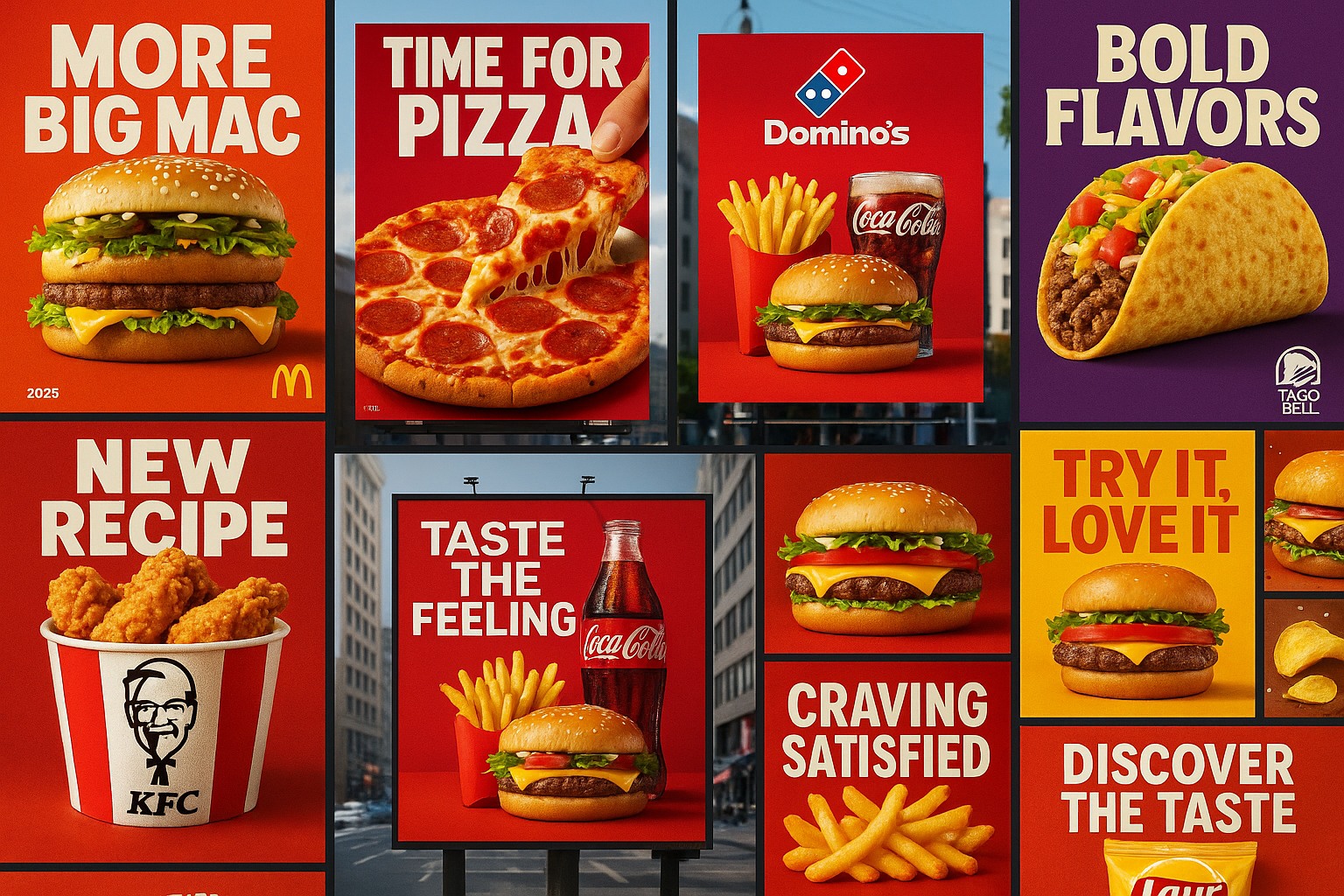Food advertisements have always held a special place in our hearts and minds, but 2025 has truly been a banner year for creative, memorable, and downright brilliant food marketing campaigns. From nostalgic throwbacks that tug at our heartstrings to cutting-edge campaigns that push the boundaries of what we expect from restaurant marketing, this year's food advertisements have set new standards for brand messaging and customer attraction.
What makes a food advertisement truly great? It's not just about making us hungry (though that certainly helps). The best food advertisements create emotional connections, tell compelling stories, and position brands in ways that resonate deeply with their target audiences. They combine stunning visuals with clever advertising slogans, strategic brand positioning, and marketing materials that stick with us long after we've seen them.
This year's standout campaigns have mastered the art of balancing entertainment with effective promotional content. They've shown us that successful restaurant advertising slogans don't just describe products—they create experiences, evoke emotions, and build lasting relationships between brands and consumers. Whether it's through celebrity partnerships, nostalgic storytelling, or innovative marketing strategy approaches, these campaigns have redefined what it means to create compelling food business marketing.
Let's dive into the 15 most impressive food advertisements that have captured our attention, influenced our purchasing decisions, and set new benchmarks for the industry in 2025.
1. McDonald's McDonaldland: The Ultimate Nostalgia Play
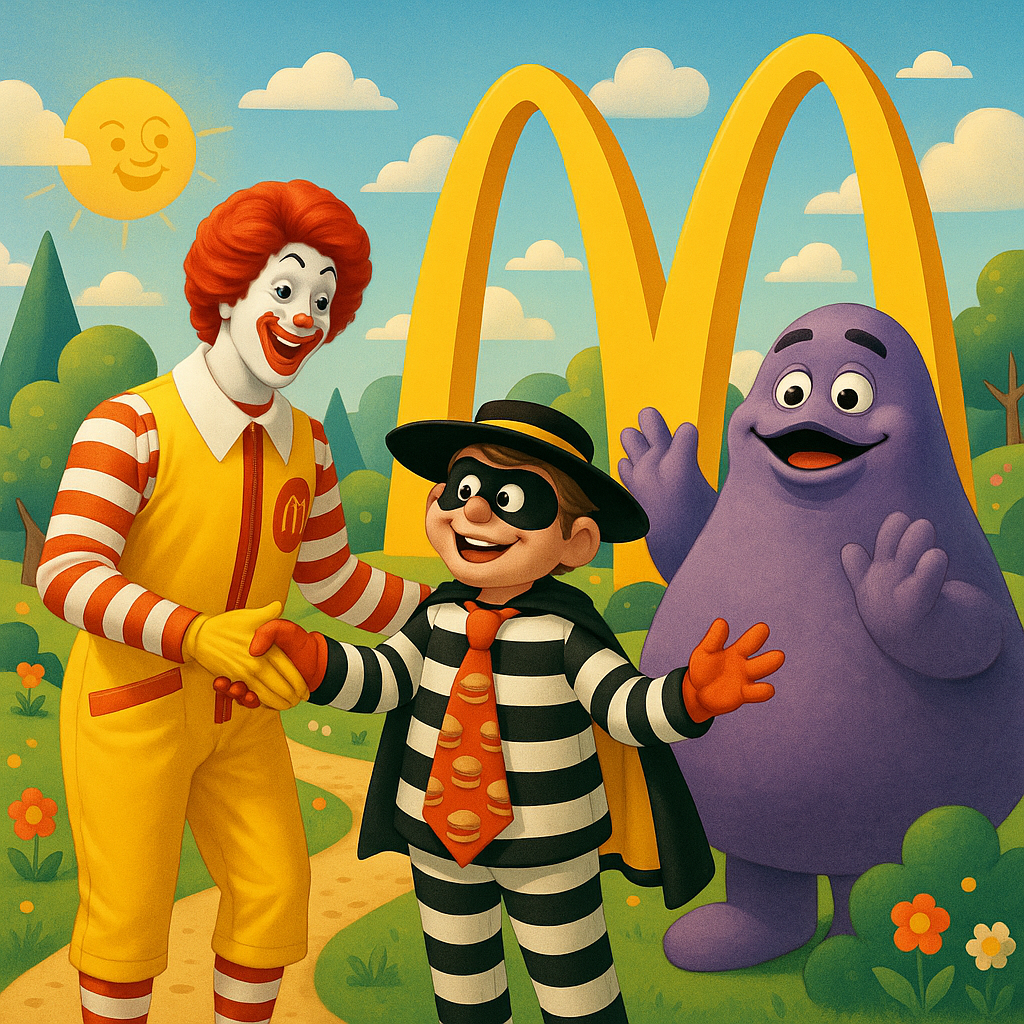
McDonald's absolutely knocked it out of the park this year with their McDonaldland campaign, which the company has called their biggest marketing campaign in history. This isn't just hyperbole—the campaign represents a masterclass in nostalgic brand messaging that taps into what they call consumers' "core memories."
The genius of this restaurant marketing campaign lies in its understanding that food isn't just about sustenance—it's about memory, emotion, and connection. By bringing back beloved characters like Ronald McDonald, the Hamburglar, and Grimace, McDonald's created promotional content that speaks to multiple generations simultaneously. Parents who grew up with these characters can now share that experience with their children, creating a powerful intergenerational brand identity.
What sets this campaign apart is its multi-platform approach. The initial launch was just the beginning—McDonald's extended the campaign with virtual reality experiences, allowing customers to literally step into McDonaldland. This innovative use of technology shows how traditional restaurant promotional ideas can be enhanced with cutting-edge marketing materials and experiences.
The campaign's success demonstrates the power of authentic brand positioning. Rather than trying to be something they're not, McDonald's leaned into their heritage and what makes them uniquely McDonald's. This authenticity resonates with consumers who are increasingly skeptical of inauthentic marketing messages.
2. Uber Eats: The Matthew McConaughey Conspiracy Theory
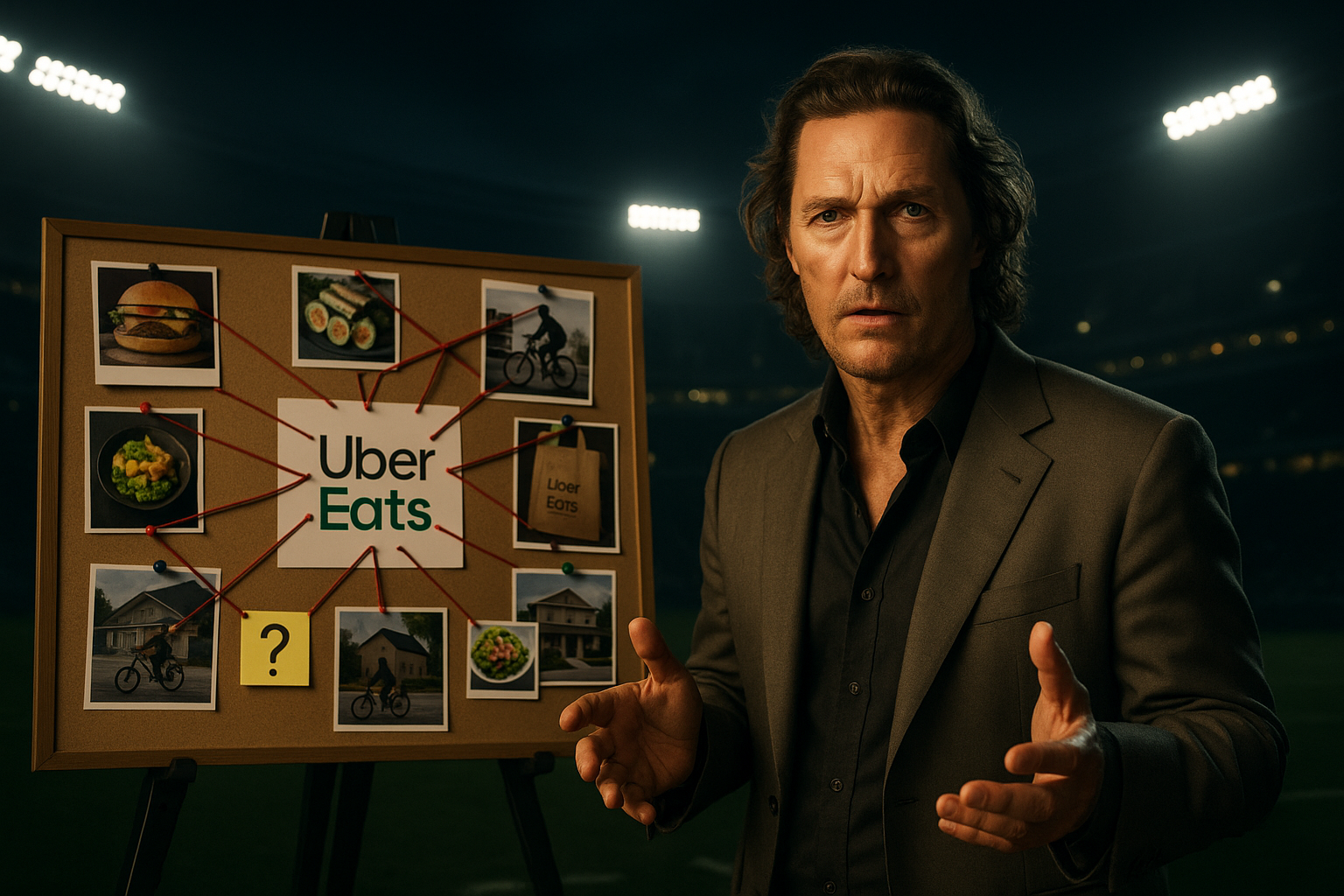
Sometimes the most effective food service branding comes from the most unexpected places. Uber Eats' Super Bowl commercial featuring Matthew McConaughey presents a hilariously elaborate conspiracy theory that football is really just about selling food.
The one-minute spot is pure entertainment gold, connecting everything from Refrigerator Perry to Buffalo wings, from Omaha Steaks to the Caesar Superdome location. McConaughey's signature laid-back delivery makes even the most outlandish connections seem plausible, creating a memorable piece of promotional content that viewers actually want to watch and share.
This campaign exemplifies how effective restaurant marketing campaigns can transcend traditional advertising to become cultural moments. The extended version of the ad provides even more "evidence" for McConaughey's food-football conspiracy, giving fans additional content to discover and share. This approach to marketing strategy creates multiple touchpoints with consumers and extends the campaign's reach far beyond its initial airing.
The brilliance of this advertisement lies in its self-awareness. Uber Eats acknowledges that they're in the business of selling food while simultaneously poking fun at the very concept of advertising. This meta-approach to brand messaging creates a sense of authenticity and humor that resonates with modern consumers who appreciate brands that don't take themselves too seriously.
3. KFC's "Obsession": Storytelling at Its Finest
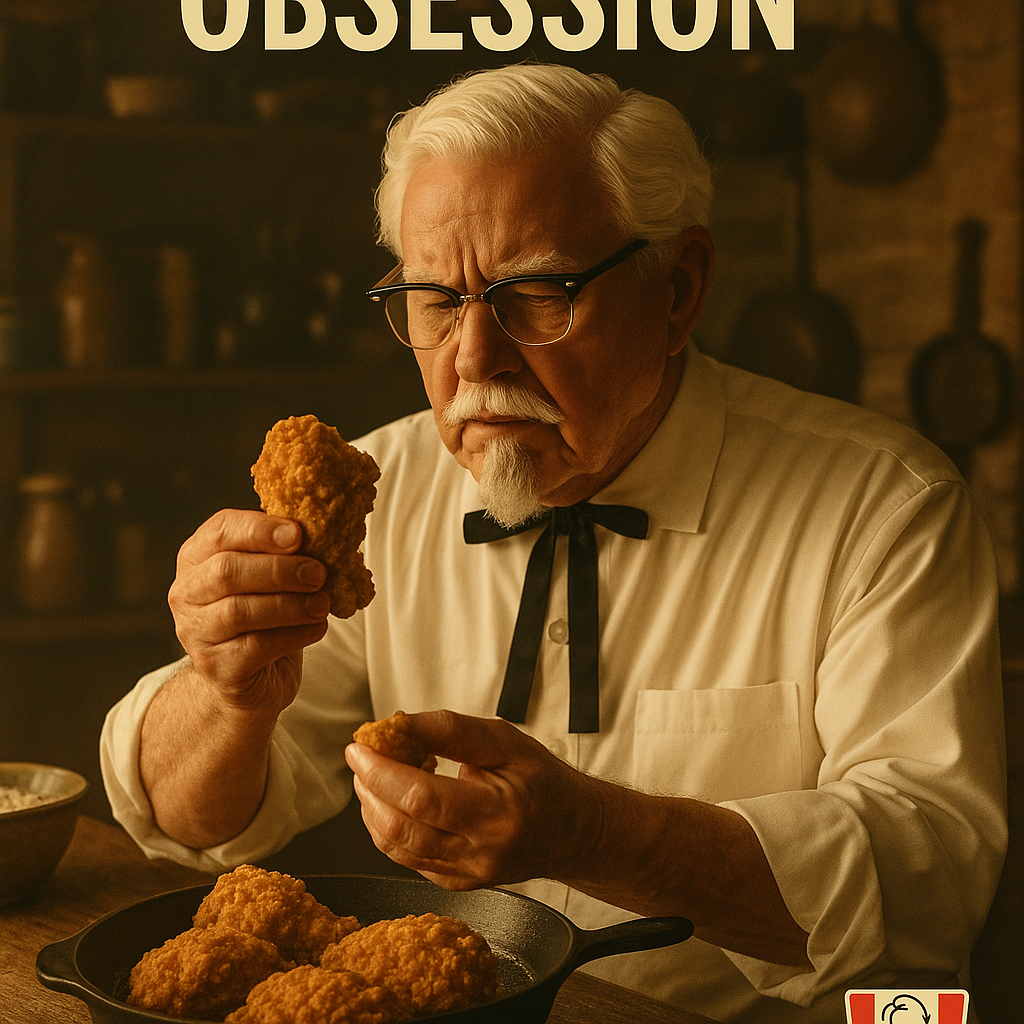
KFC's "Obsession" campaign represents a masterpiece of food business marketing that focuses on the story behind the brand rather than just the product. The 75-second spot tells the tale of Colonel Sanders' obsessive pursuit of the perfect fried chicken recipe, positioning the brand's heritage as its greatest asset.
This restaurant advertising approach works because it gives consumers something to believe in beyond just the food. It's not just about chicken—it's about dedication, perfectionism, and the relentless pursuit of excellence. These are values that resonate with consumers and create emotional connections that go far deeper than traditional product-focused advertising.
The campaign's visual storytelling is equally impressive, using cinematic techniques typically reserved for high-end brand commercials. The production values communicate that KFC takes their heritage seriously and isn't afraid to invest in telling their story properly. This level of investment in marketing materials signals to consumers that the brand values quality in all aspects of their business.
What makes this campaign particularly effective is how it positions KFC's "obsession" with quality as a positive trait. In a world where consumers are increasingly concerned about food quality and preparation methods, KFC's emphasis on their founder's perfectionist approach addresses these concerns while building brand credibility.
4. Sprite's Spicy Food Partnership Strategy
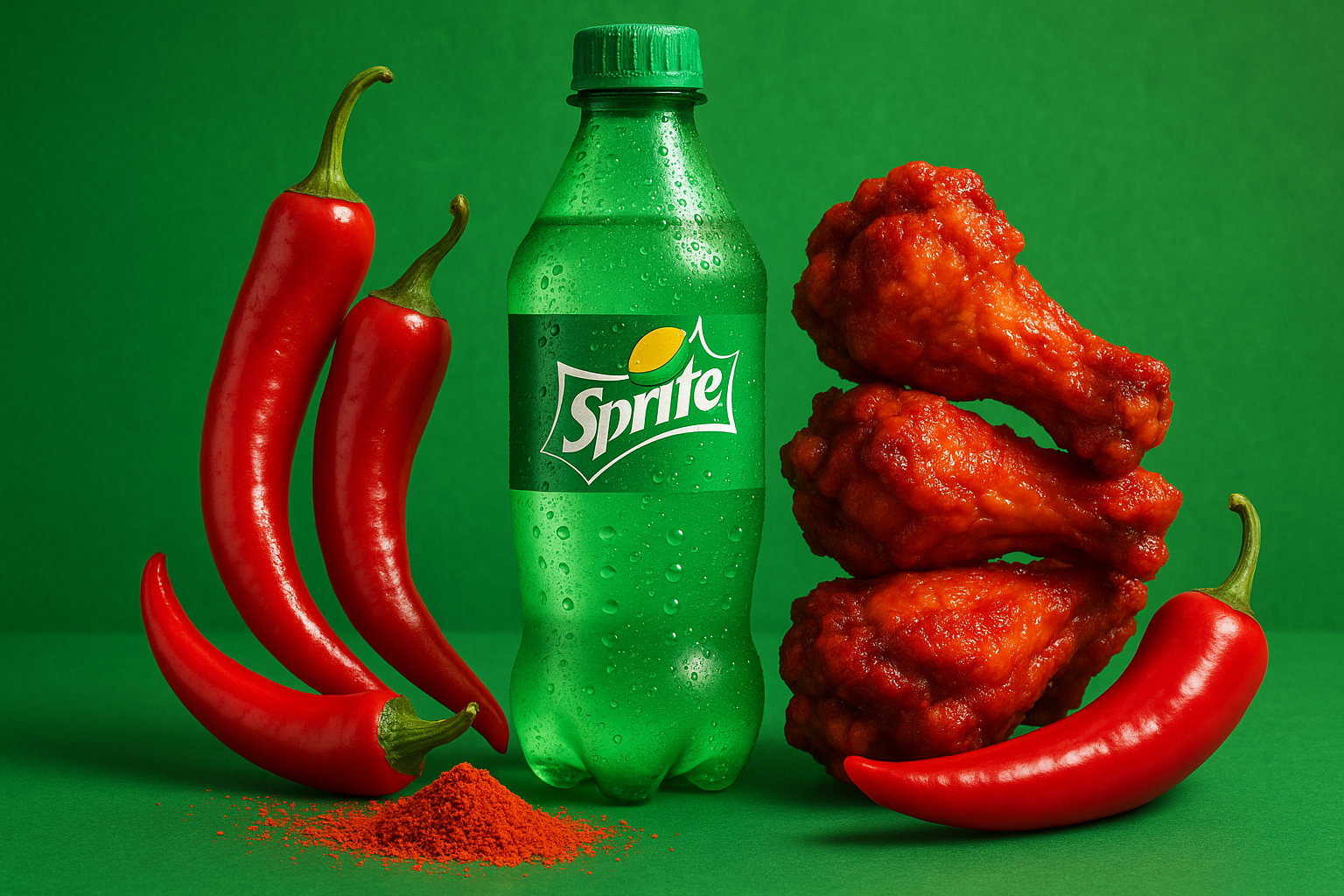
Sprite's 2025 campaign focusing on spicy food moments represents a brilliant example of strategic brand positioning that goes beyond traditional beverage marketing. Instead of just promoting refreshment, Sprite positioned itself as the perfect companion for "spicy food moments that hurt real good."
This marketing strategy is genius because it creates a specific use case for the product while tapping into the growing popularity of spicy foods. Rather than competing in the crowded general refreshment market, Sprite carved out a niche as the go-to beverage for heat relief. This focused approach to customer attraction makes the brand more memorable and gives consumers a specific reason to choose Sprite over competitors.
The campaign's messaging perfectly captures the love-hate relationship many people have with spicy food. The phrase "hurt real good" acknowledges that spicy food can be painful while celebrating the pleasure that comes with that pain. Sprite positions itself as the hero that makes this enjoyable suffering possible, creating a positive association with the brand.
This type of strategic marketing campaign shows how brands can find success by focusing on specific moments and experiences rather than trying to be everything to everyone. By becoming synonymous with spicy food relief, Sprite creates countless opportunities for brand recall every time someone reaches for something spicy.
5. Coffee Mate's Foam Diva: Embracing the Weird
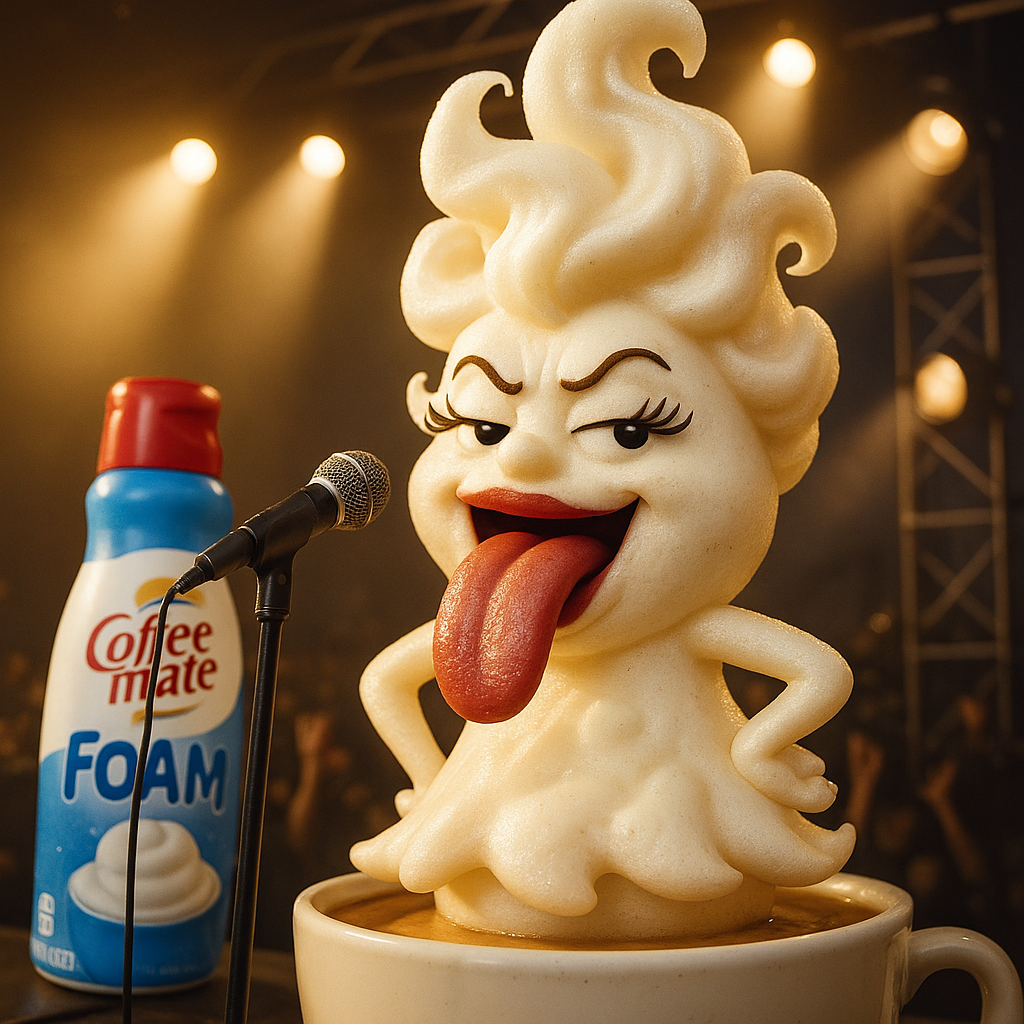
Coffee Mate's first-ever Super Bowl commercial proves that sometimes the most memorable restaurant promotional ideas are the ones that embrace absurdity. The "Foam Diva" spot features a tongue that becomes a rockstar after drinking coffee with cold foam, complete with concert performances and heart formations.
While this advertisement might seem bizarre on the surface, it's actually a sophisticated piece of brand messaging that uses humor and unexpectedness to cut through the clutter of traditional coffee advertising. In a market saturated with serious, lifestyle-focused coffee commercials, Coffee Mate's willingness to be weird makes them stand out.
The campaign works because it's memorable in a way that traditional coffee advertisements often aren't. Viewers might raise their eyebrows at the concept, but they're unlikely to forget it. In an attention economy where brands fight for every second of consumer mindshare, memorability is often more valuable than conventional appeal.
This approach to promotional content also demonstrates Coffee Mate's understanding of their position in the market. They're not trying to compete with premium coffee brands on sophistication—instead, they're positioning themselves as the fun, accessible option that doesn't take itself too seriously. This authentic brand positioning resonates with consumers who want their coffee experience to be enjoyable rather than pretentious.
6. Burger King's Fire-Focused Brand Identity
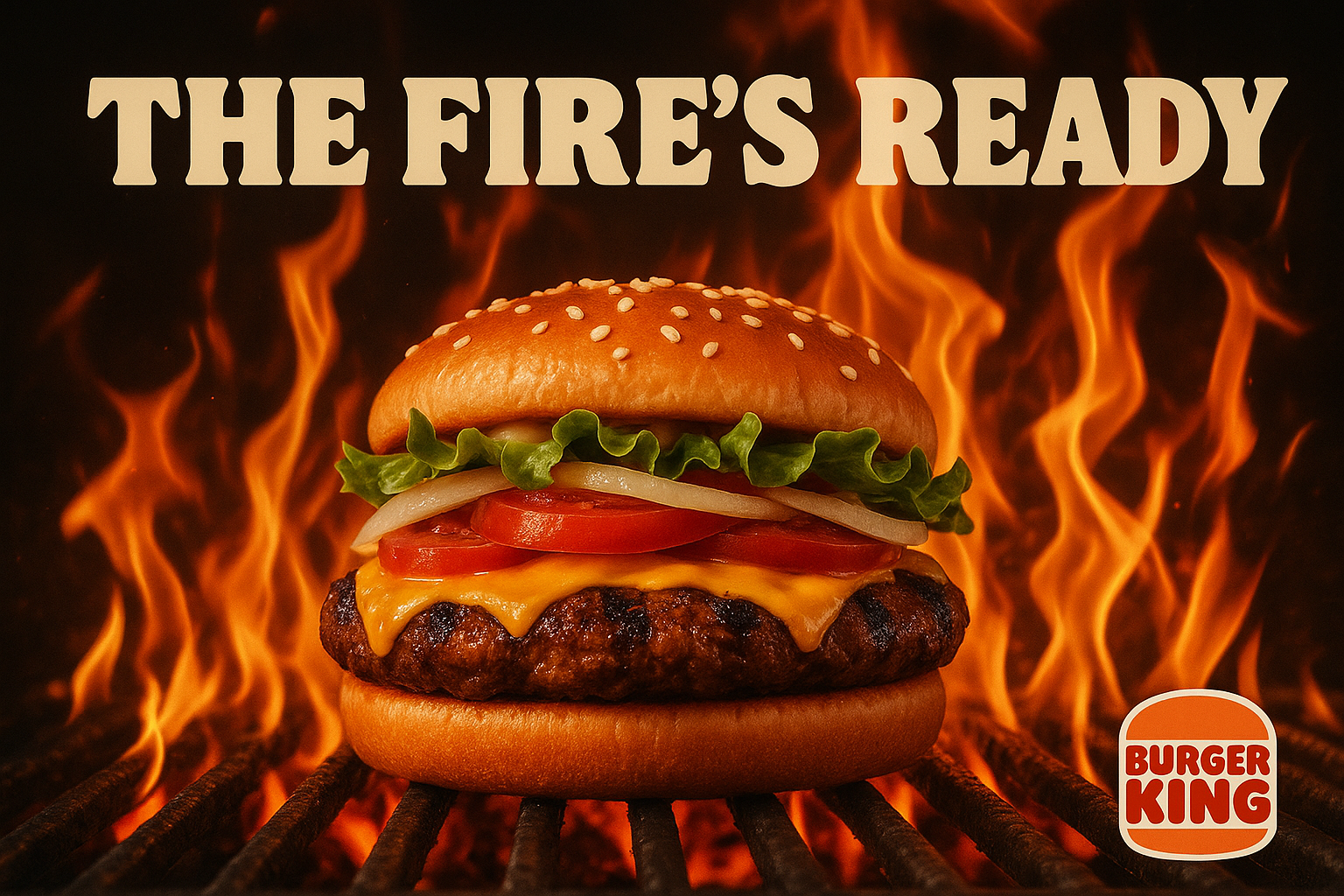
Burger King has consistently maintained one of the most coherent brand identities in fast food, and their 2025 campaigns continue to leverage their flame-grilled differentiation with slogans like "The Fire's Ready" and "Feel the Fire." This consistent messaging across multiple restaurant marketing campaigns creates a strong, recognizable brand voice.
What makes Burger King's approach to food service branding so effective is their commitment to a single, differentiating message. While other fast-food chains chase trends or try to be everything to everyone, Burger King has built their entire marketing strategy around the flame-grilling process that sets them apart from competitors.
Their recent billboard hijacking campaigns demonstrate creative thinking in outdoor advertising, showing how traditional marketing materials can be used in innovative ways. These campaigns generate buzz not just for their creativity but for their boldness in directly challenging competitors. This aggressive approach to brand positioning reinforces Burger King's image as the rebellious alternative to more conservative fast-food brands.
The consistency of Burger King's fire-focused messaging across all their promotional content creates a cohesive brand experience that consumers can easily understand and remember. This clarity in brand messaging is increasingly valuable in a crowded marketplace where consumers are bombarded with conflicting messages from competing brands.
7. Popeyes: Mastering the Art of Food Cravings
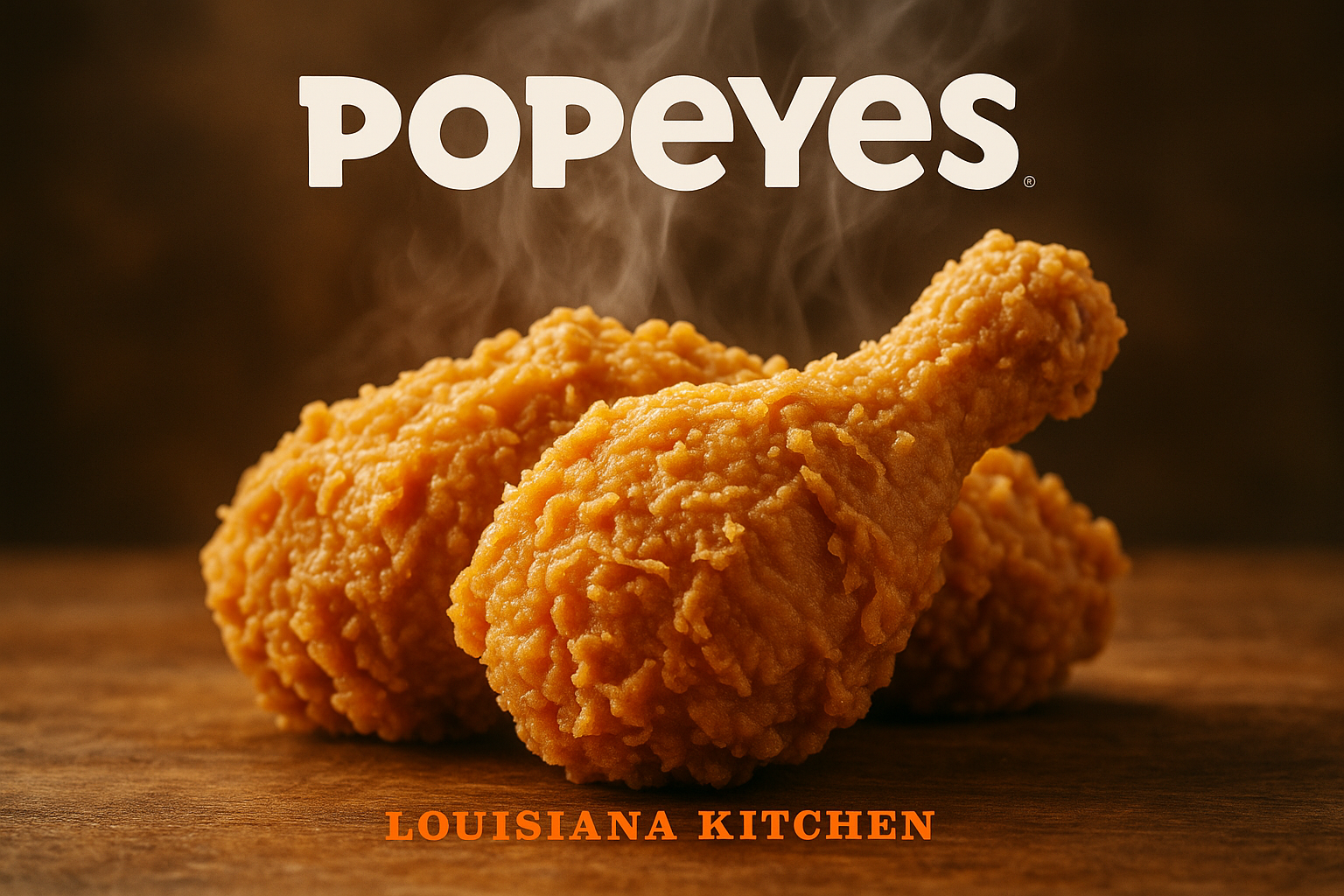
Popeyes has earned its place among the top food and beverage campaigns of 2025 through their masterful understanding of how to create genuine food cravings through advertising. Their campaigns don't just show food—they make you feel the texture, taste the spices, and hear the satisfying crunch of their signature chicken.
The secret to Popeyes' success in restaurant advertising lies in their sensory approach to marketing materials. Their commercials focus intensely on the sounds, textures, and visual appeal of their food, creating an almost visceral response in viewers. This approach to customer attraction goes beyond traditional product shots to create genuine desire for the dining experience.
Popeyes has also mastered the art of cultural relevance in their brand messaging. Their campaigns often incorporate elements of Southern culture, music, and lifestyle that resonate with their core audience while appealing to broader demographics. This authentic connection to cultural roots makes their promotional content feel genuine rather than manufactured.
Their marketing strategy consistently emphasizes the craft and care that goes into their food preparation, positioning Popeyes as a premium option within the fast-food category. This elevation of their brand identity through storytelling and quality messaging has helped them compete effectively against larger competitors with bigger advertising budgets.
8. Mike's Hot Honey: The Sweet Heat Revolution

Mike's Hot Honey has created one of the most innovative food business marketing campaigns of 2025 by positioning their product as the perfect bridge between sweet and spicy flavors. Their advertising approach recognizes that modern consumers are increasingly adventurous with their flavor preferences and aren't afraid to try bold combinations.
The genius of Mike's Hot Honey's restaurant marketing campaigns lies in their ability to educate consumers about new ways to use their product while creating desire for those experiences. Rather than just selling a condiment, they're selling a flavor revolution that can transform ordinary meals into extraordinary experiences.
Their promotional content consistently shows the product being used in unexpected ways—drizzled over pizza, mixed into cocktails, or paired with cheese boards. This educational approach to marketing strategy helps consumers understand the versatility of the product while inspiring them to experiment with their own culinary creations.
The brand's messaging perfectly captures the excitement of discovering new flavor combinations. Their advertising slogans and visual content communicate that Mike's Hot Honey isn't just an ingredient—it's a gateway to culinary adventure. This positioning has helped them build a passionate community of users who actively share their own creative applications of the product.
9. Revlon x Guy Fieri: The Unexpected Collaboration
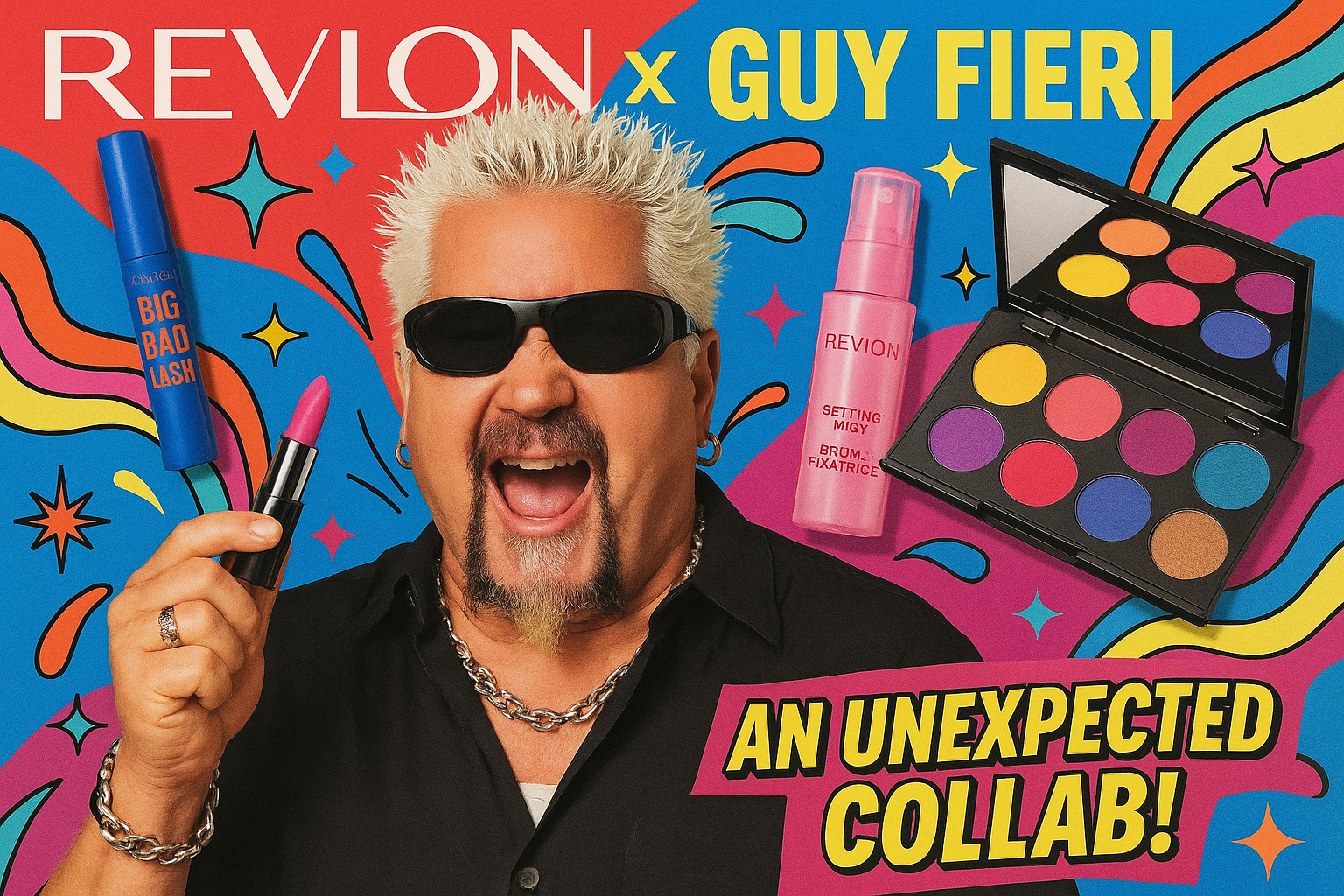
One of the most surprising and effective marketing campaigns of 2025 has been the collaboration between Revlon and Guy Fieri. This unexpected partnership demonstrates how creative brand positioning can generate massive attention and engagement by defying conventional expectations about which brands should work together.
The campaign works because it embraces the absurdity of the pairing while finding genuine connections between beauty and food culture. Both industries focus on transformation, creativity, and self-expression, making the collaboration more logical than it initially appears. This type of innovative thinking in promotional content shows how brands can break through the noise by being genuinely unexpected.
Guy Fieri's enthusiastic personality and authentic passion for food culture brings energy and authenticity to Revlon's brand messaging. His involvement signals that the beauty brand is willing to have fun and doesn't take itself too seriously, which resonates with consumers who appreciate brands with personality and humor.
This collaboration also demonstrates the power of cross-industry partnerships in modern marketing strategy. By combining their audiences, both brands gain access to new customer segments they might never have reached through traditional advertising approaches. The campaign generates conversation and social media engagement precisely because it's so unexpected and entertaining.
10. Poppi: Redefining Soda with Health-Conscious Messaging
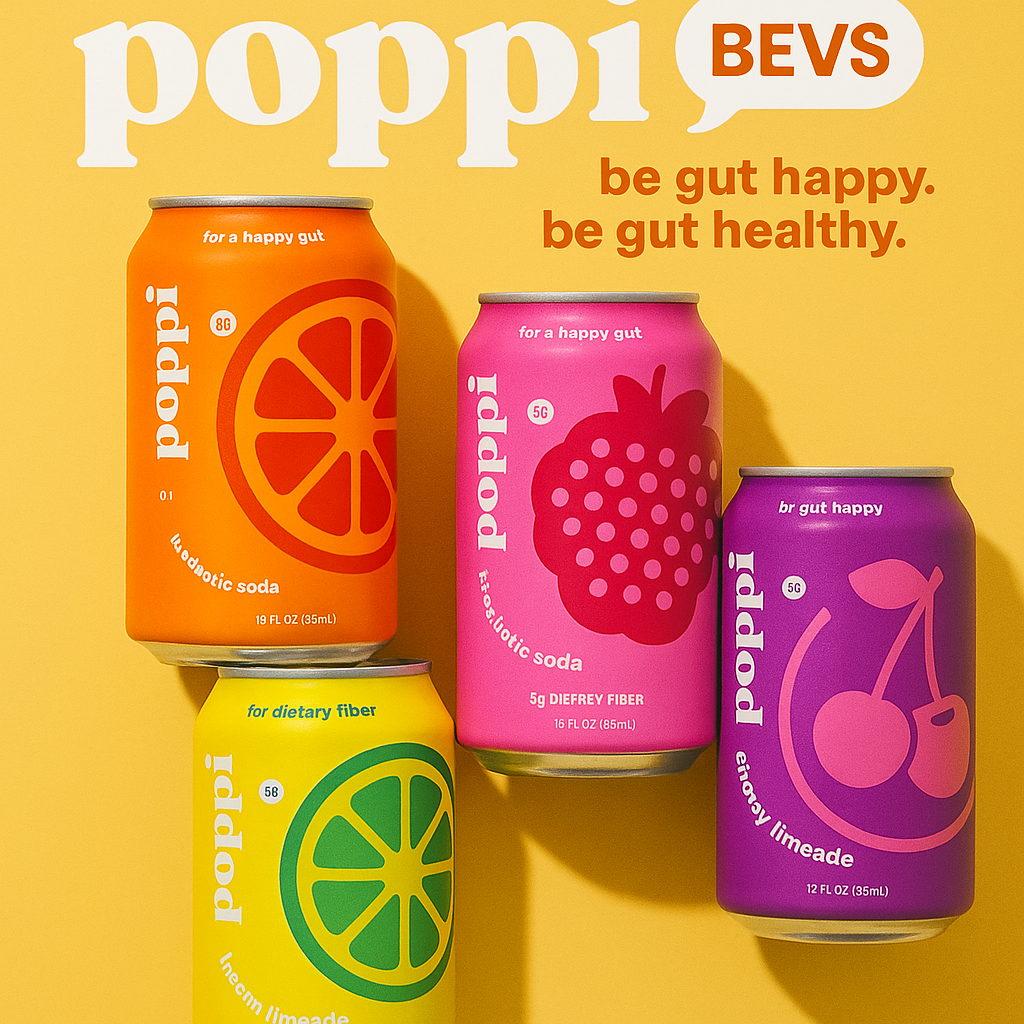
Poppi's Super Bowl campaign represents a sophisticated approach to food service branding that positions their prebiotic soda as a healthier alternative to traditional soft drinks. Their "Soda Thoughts" campaign cleverly addresses consumer concerns about traditional soda while promoting the benefits of their product.
The challenge Poppi faces is educating consumers about what prebiotics are and why they should care, while still making their product feel fun and accessible. Their marketing materials successfully balance health messaging with lifestyle appeal, showing that healthy choices don't have to be boring or restrictive.
Their advertising approach incorporates social media personalities and reality TV faces, recognizing that modern consumers often discover and validate products through influencer recommendations. This integration of social media culture into traditional advertising shows how brands must adapt their marketing strategy to meet consumers where they are.
Poppi's brand positioning as "5g sugar, prebiotics, no baggage" directly addresses the concerns many consumers have about traditional sodas while positioning their product as the solution. This clear, benefit-focused messaging makes it easy for consumers to understand why they should choose Poppi over conventional alternatives.
11. Red Bull: Energy Meets Culinary Culture
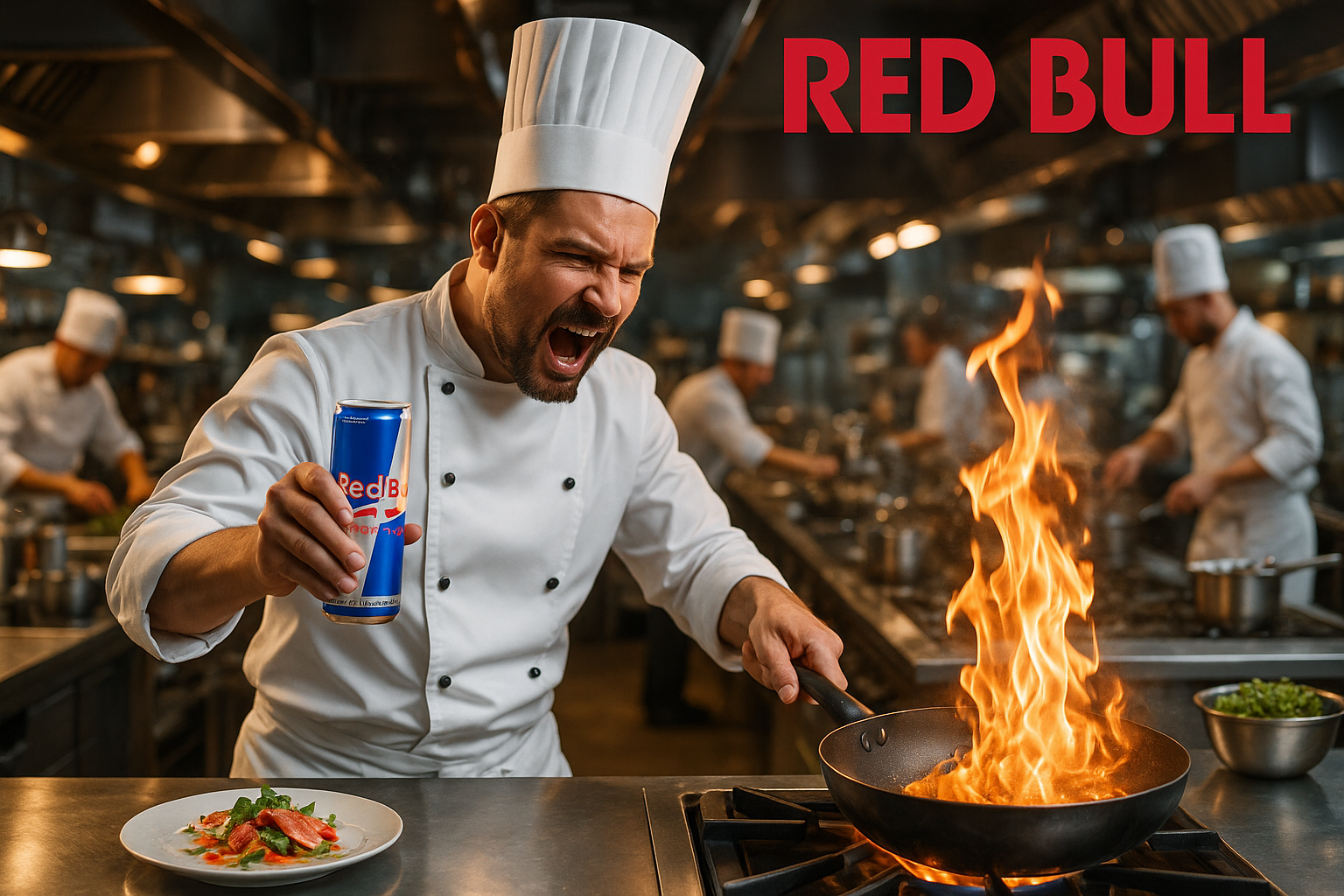
Red Bull's 2025 food-related marketing campaigns have successfully expanded beyond their traditional energy drink positioning to embrace broader culinary culture. Their approach to restaurant promotional ideas includes partnerships with food festivals, cooking competitions, and culinary events that position Red Bull as fuel for culinary creativity.
This expansion of their brand identity demonstrates how established brands can evolve their messaging while staying true to their core values. Red Bull's association with energy, performance, and pushing boundaries translates naturally to the high-pressure, high-energy world of professional cooking and food service.
Their promotional content often features chefs, food truck operators, and culinary entrepreneurs who use Red Bull to power through long shifts and creative sessions. This authentic connection to food industry professionals creates credibility and demonstrates real-world applications for their product beyond traditional sports and gaming contexts.
The brand's marketing strategy recognizes that food culture has become a form of entertainment and performance, making it a natural fit for Red Bull's brand positioning around extreme performance and achievement. This evolution shows how smart brands can expand their relevance while maintaining their core identity.
12. Little Caesars: Value Messaging That Resonates
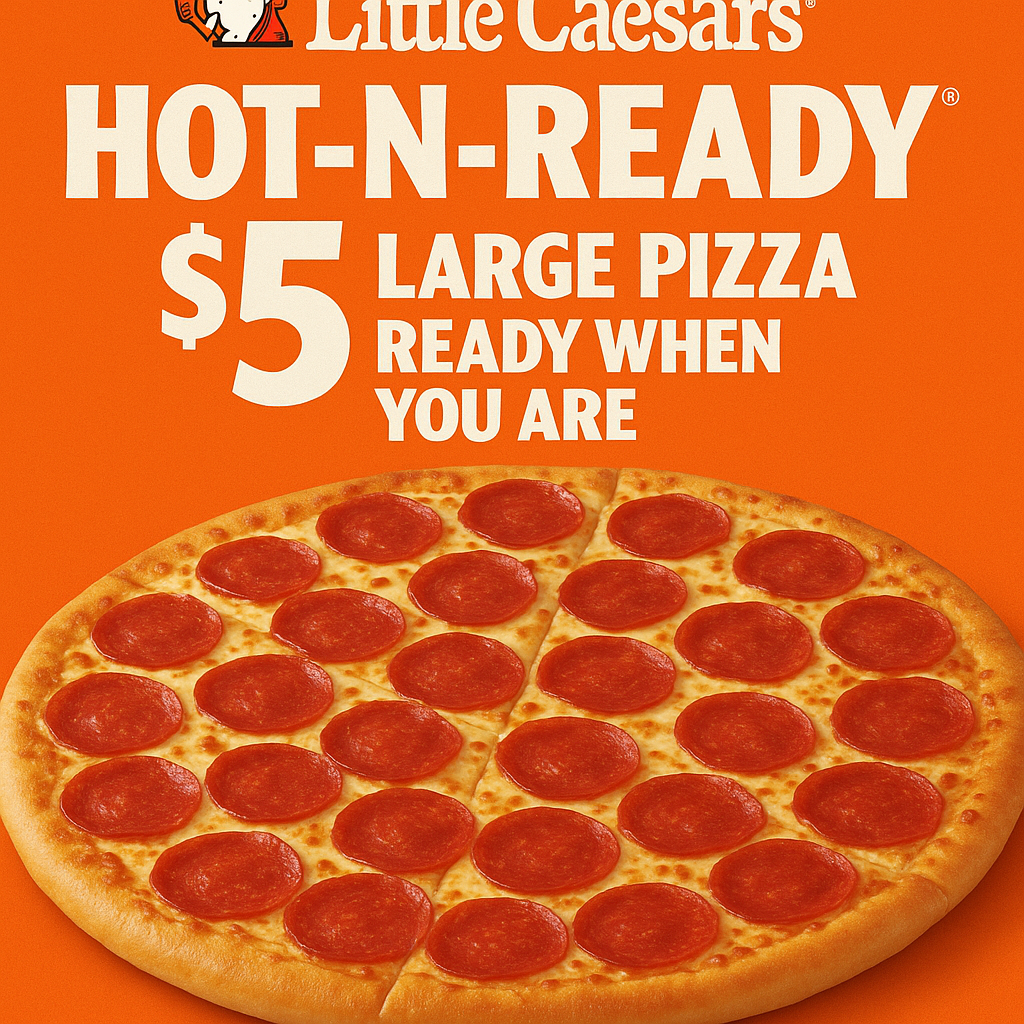
Little Caesars has mastered the art of value-focused restaurant advertising that doesn't compromise on quality perception. Their 2025 campaigns continue to emphasize their "Hot-N-Ready" concept while elevating their brand messaging to compete with more premium pizza brands.
The effectiveness of Little Caesars' marketing materials lies in their honest approach to their market position. Rather than trying to pretend they're something they're not, they embrace their role as the convenient, affordable option while emphasizing that affordable doesn't mean low quality.
Their advertising slogans and promotional content consistently reinforce the convenience factor that sets them apart from competitors. In a world where consumers increasingly value time and convenience, Little Caesars' positioning as the pizza that's ready when you are addresses a real consumer need.
The brand's approach to customer attraction focuses on removing friction from the pizza-buying experience. Their marketing strategy emphasizes speed, convenience, and value without sacrificing the fundamental appeal of their product. This clear value proposition makes it easy for consumers to understand when and why to choose Little Caesars.
13. Häagen-Dazs: Premium Positioning Through Storytelling
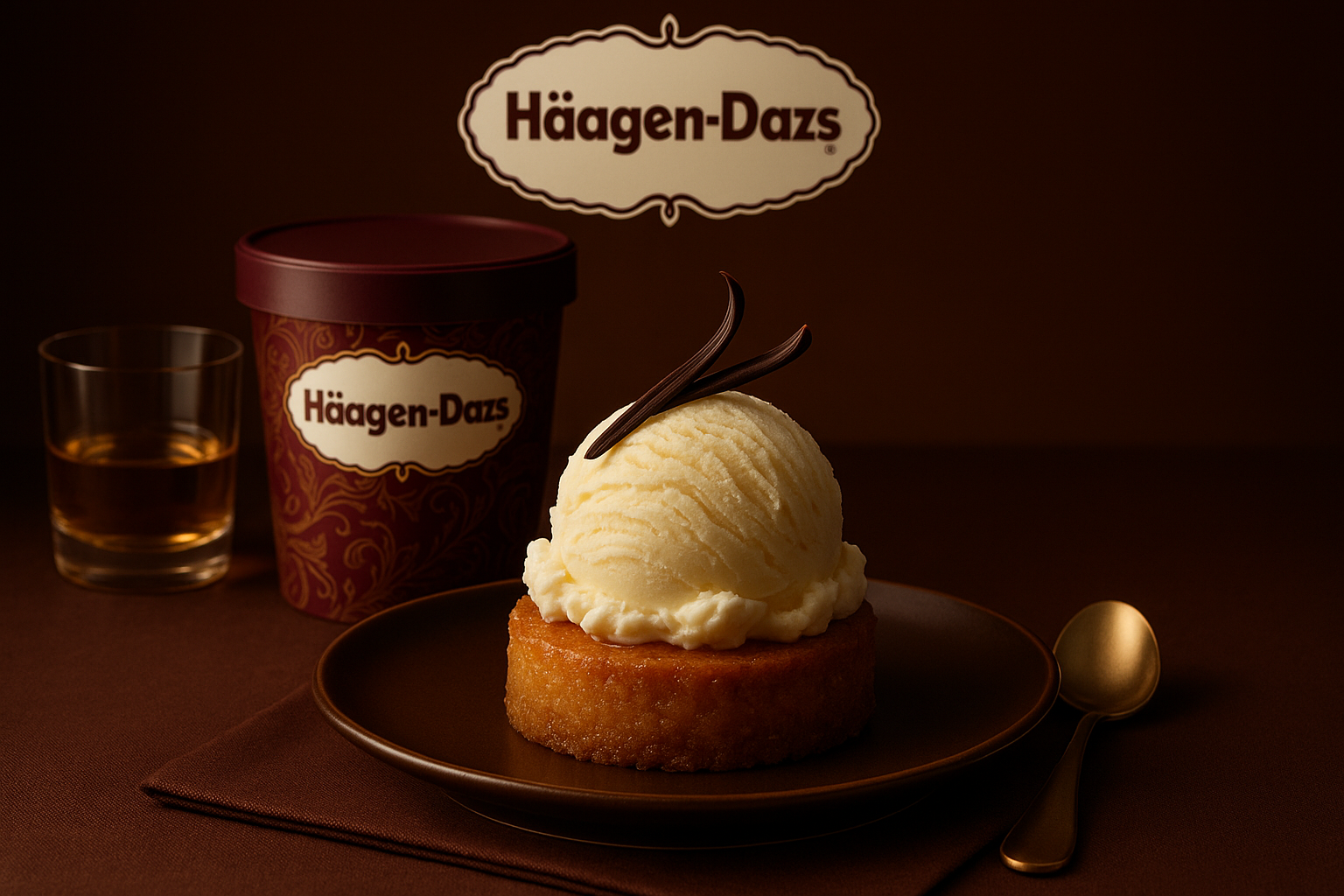
Häagen-Dazs has elevated their brand messaging in 2025 through sophisticated storytelling that positions their ice cream as more than just a dessert—it's a luxury experience worth savoring. Their marketing campaigns focus on the craftsmanship, quality ingredients, and attention to detail that justify their premium pricing.
Their approach to food business marketing emphasizes the sensory experience of eating Häagen-Dazs, using slow-motion cinematography and rich visual textures to make viewers feel like they can taste the product through the screen. This sophisticated approach to promotional content sets them apart from more playful or casual ice cream brands.
The brand's restaurant marketing campaigns often feature elegant settings and sophisticated consumers, reinforcing their positioning as a premium option for discerning customers. This consistent brand identity across all marketing materials creates a cohesive luxury experience that justifies higher prices.
Häagen-Dazs' marketing strategy recognizes that premium products require premium presentation. Their advertising doesn't just sell ice cream—it sells an aspiration, a moment of indulgence, and a reward for choosing quality over convenience. This emotional connection drives brand loyalty and supports premium pricing.
14. Best Foods: Nostalgic Comfort in Modern Times
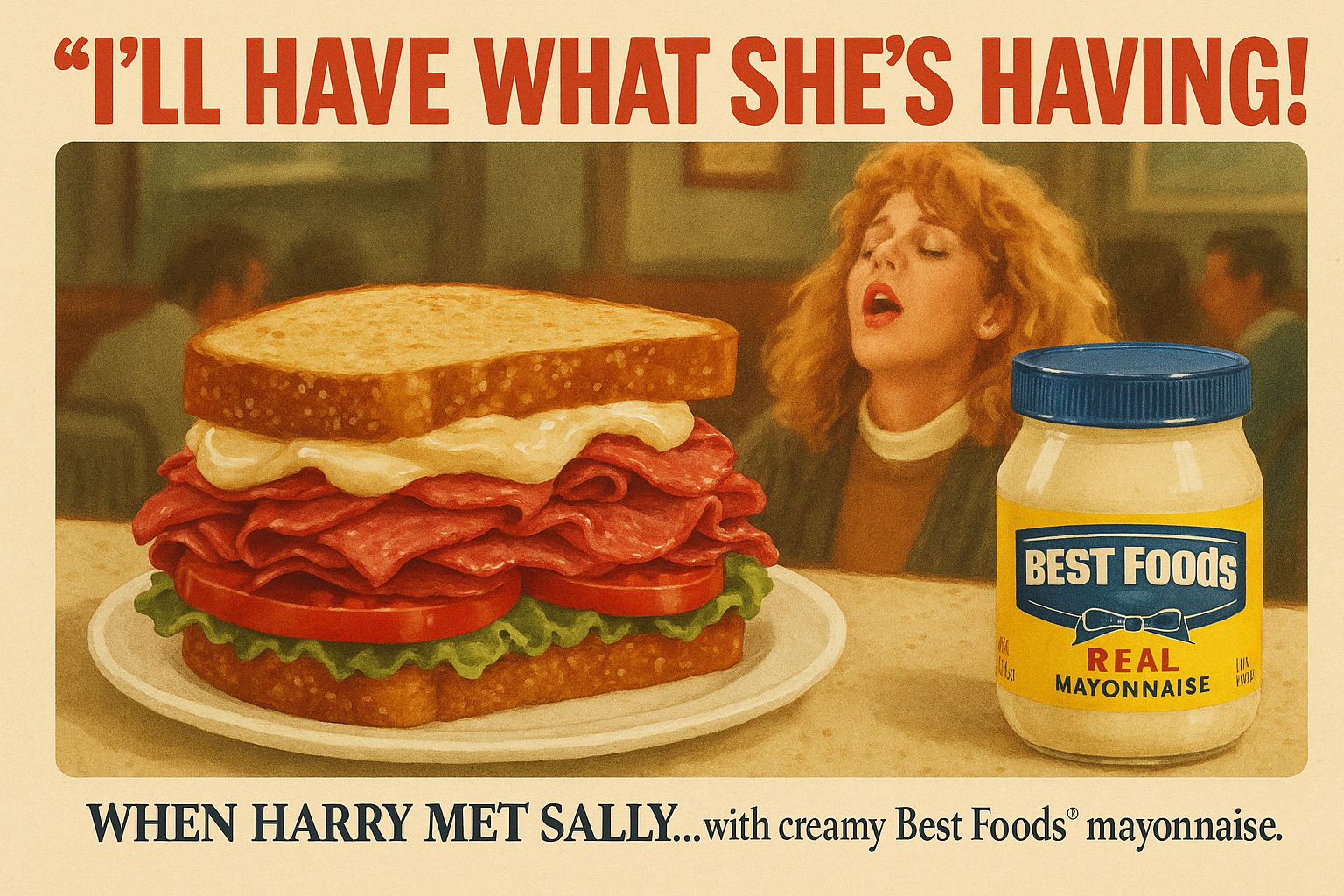
Best Foods rounds out our list with their Super Bowl commercial that brilliantly references the classic film "When Harry Met Sally" while promoting their mayonnaise. This campaign demonstrates how established brands can leverage cultural touchstones to create memorable, shareable content that resonates across generations.
The genius of this restaurant promotional idea lies in its understanding that food is deeply connected to memory and emotion. By referencing an iconic food scene from popular culture, Best Foods creates an instant emotional connection that goes far beyond traditional product advertising.
Their marketing materials successfully balance nostalgia with modern relevance, showing how classic products can remain contemporary through smart brand messaging. The campaign acknowledges the brand's long history while demonstrating its continued relevance in modern kitchens and dining experiences.
This approach to promotional content shows how heritage brands can compete with newer, trendier options by leveraging their authentic history and cultural connections. Best Foods doesn't try to be something they're not—instead, they celebrate what they've always been while showing why that matters to today's consumers.
The Evolution of Food Advertising in 2025
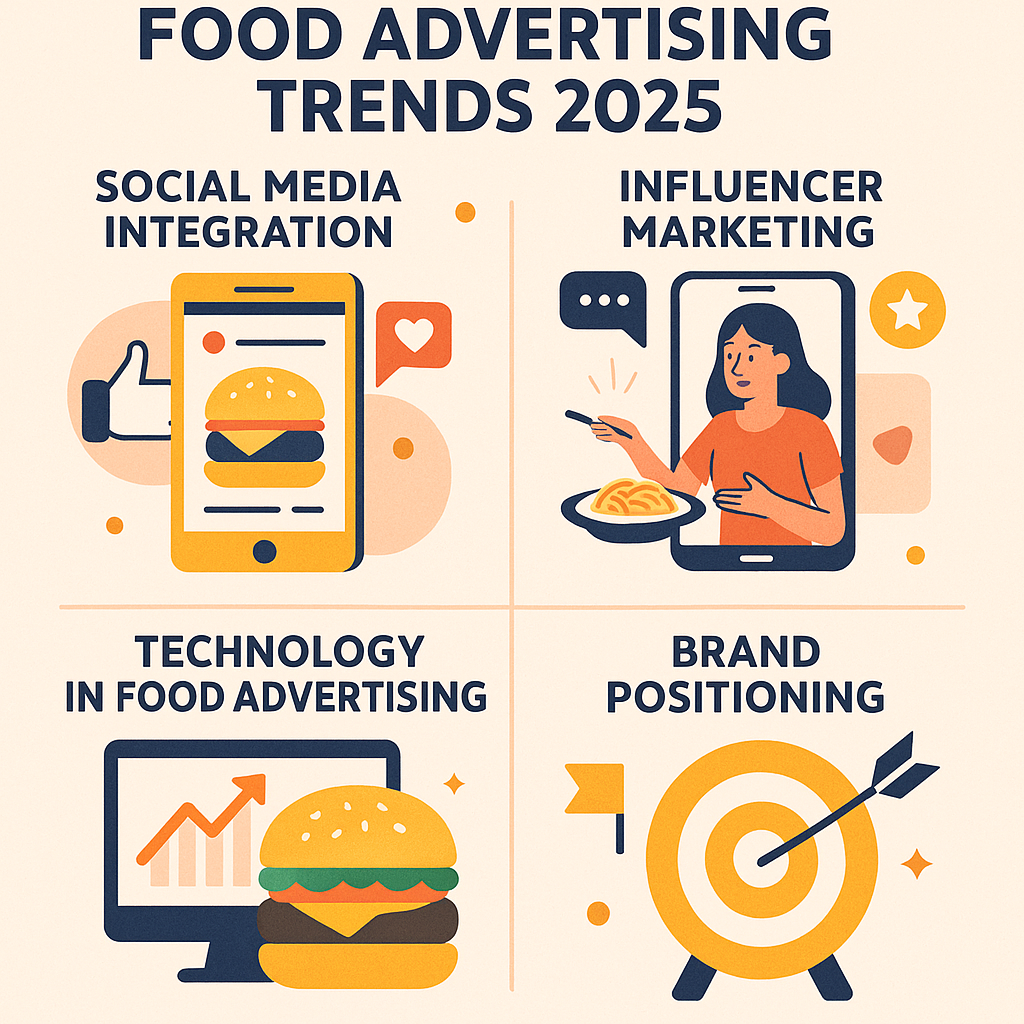
Looking at these 15 outstanding campaigns, several key trends emerge that define the current landscape of food business marketing. First, authenticity has become paramount—consumers can spot inauthentic messaging from miles away, and the most successful campaigns are those that stay true to their brand's core identity while finding creative ways to express it.
Second, storytelling has evolved beyond simple product benefits to encompass brand heritage, cultural connections, and emotional experiences. The most effective restaurant marketing campaigns of 2025 don't just sell food—they sell feelings, memories, and aspirations that happen to be connected to food products.
Third, the integration of technology and traditional advertising has reached new levels of sophistication. From McDonald's VR experiences to social media integration across multiple campaigns, successful brands are meeting consumers across all touchpoints while maintaining consistent brand messaging.
Finally, the most successful food advertisements of 2025 understand that modern consumers want to be entertained, not just sold to. Whether through humor, surprise, nostalgia, or genuine storytelling, these campaigns provide value to viewers beyond just product information.
What Makes These Campaigns Work
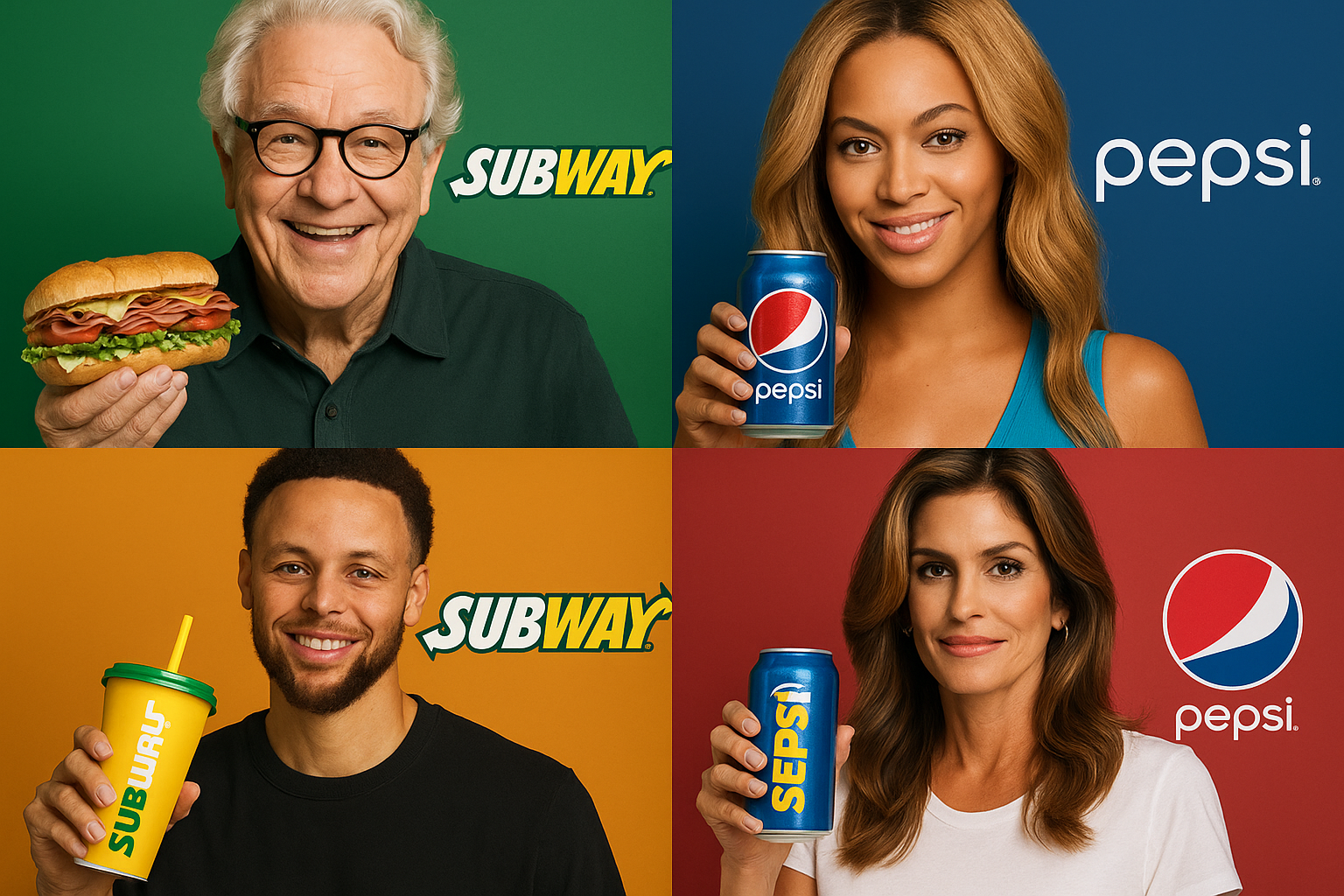
The common thread running through all these successful restaurant advertising campaigns is their understanding that effective marketing strategy must go beyond product features to create genuine connections with consumers. Each campaign succeeds because it taps into something deeper than hunger—whether that's nostalgia, aspiration, humor, or cultural identity.
These brands have also mastered the art of consistent brand positioning across multiple touchpoints. Their advertising slogans, visual content, promotional materials, and customer attraction strategies all work together to create cohesive brand experiences that consumers can easily understand and remember.
Most importantly, these campaigns demonstrate that successful food service branding requires a deep understanding of your audience and the courage to be authentically yourself. The brands that tried to be everything to everyone failed to make our list, while those that embraced their unique positioning and communicated it clearly created the most memorable and effective campaigns of the year.
As we look toward the future of food advertising, these 15 campaigns provide a roadmap for success: be authentic, tell compelling stories, embrace your unique positioning, and never forget that the best marketing makes people feel something beyond just hunger. The brands that master these principles will continue to create the food advertisements that capture our attention, influence our choices, and become part of our cultural conversation.
This article represents the current landscape of food advertising excellence in 2025, showcasing campaigns that have successfully combined creativity, strategy, and authentic brand messaging to create lasting impact in an increasingly competitive marketplace.

